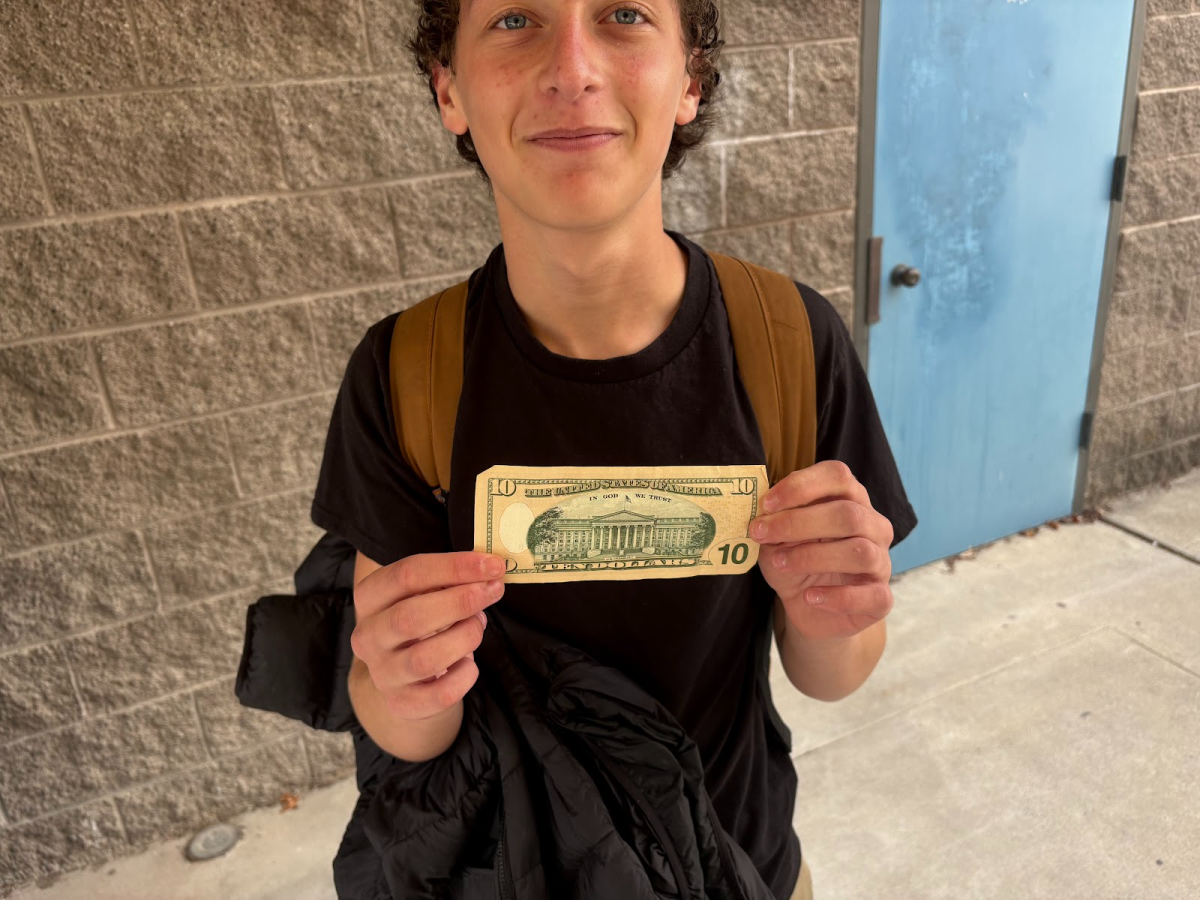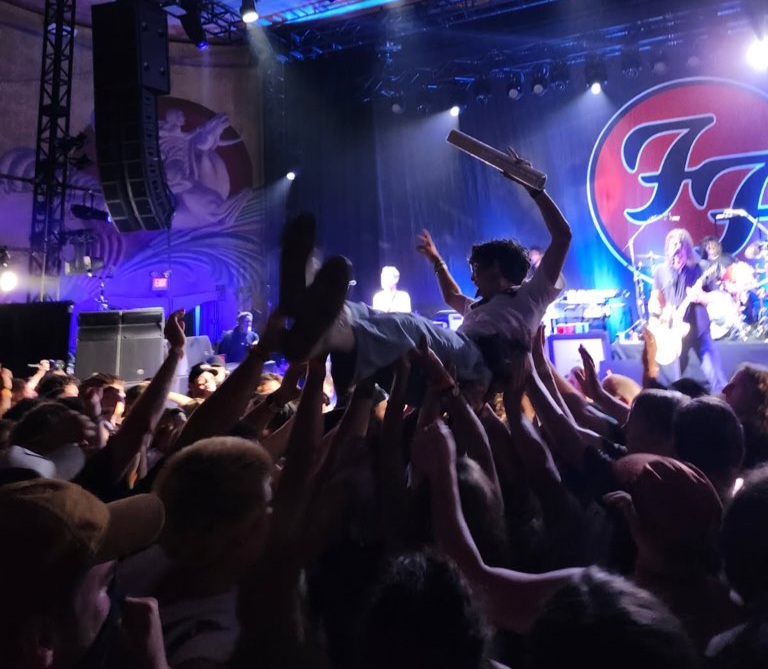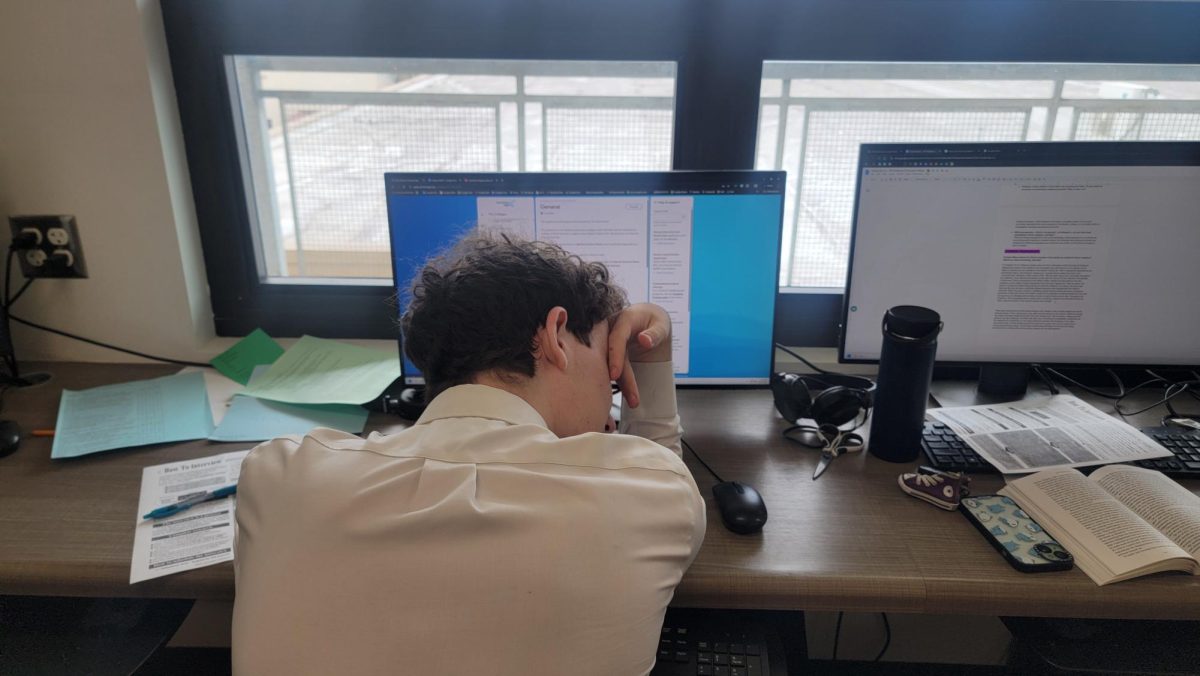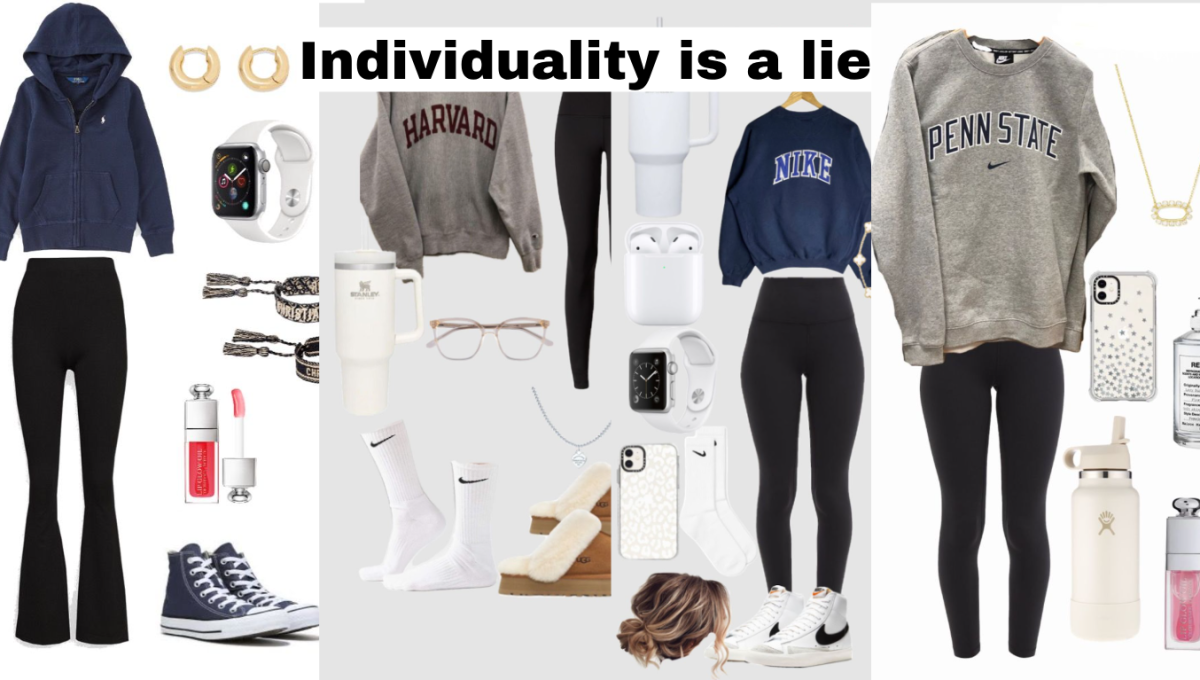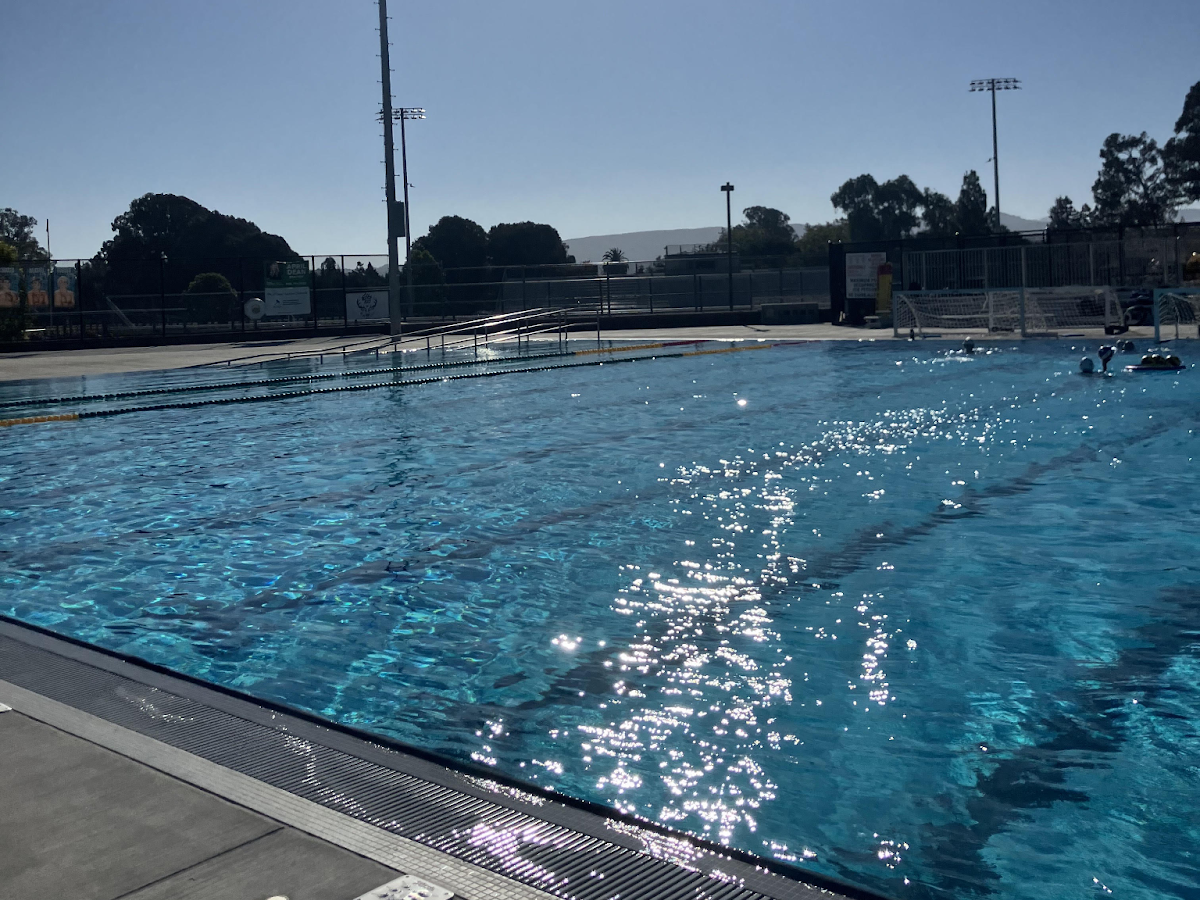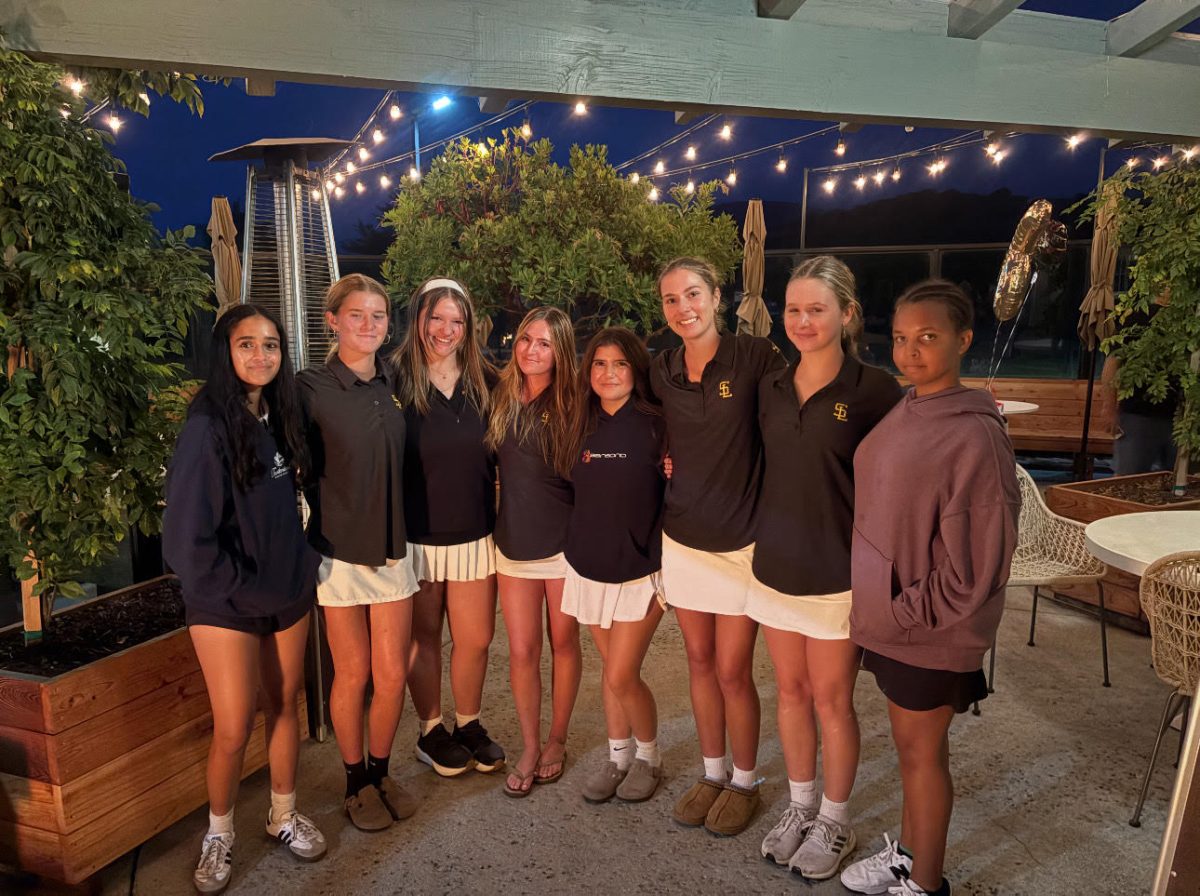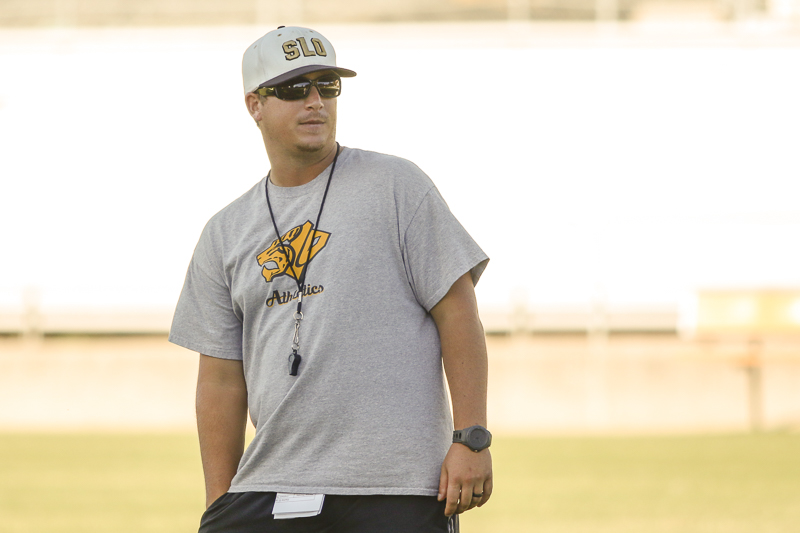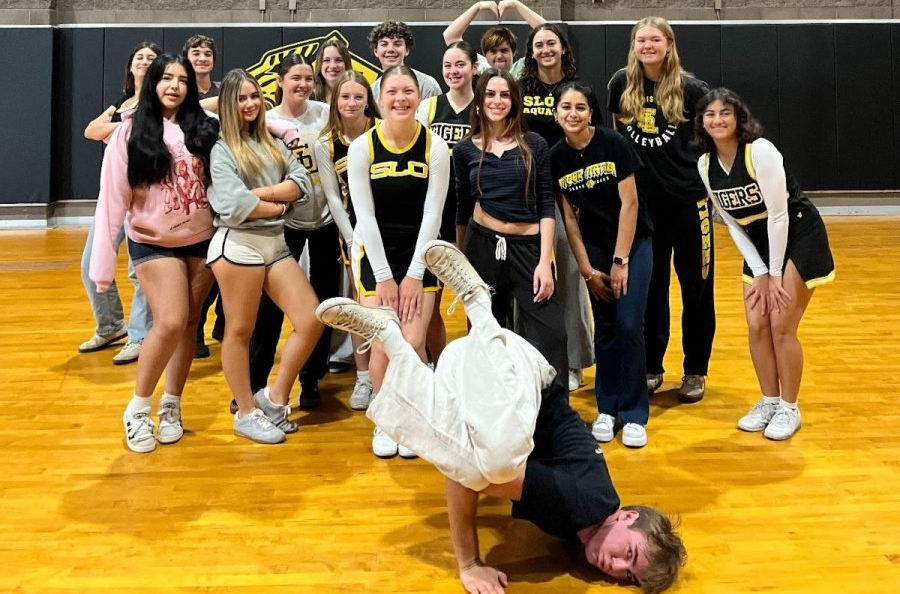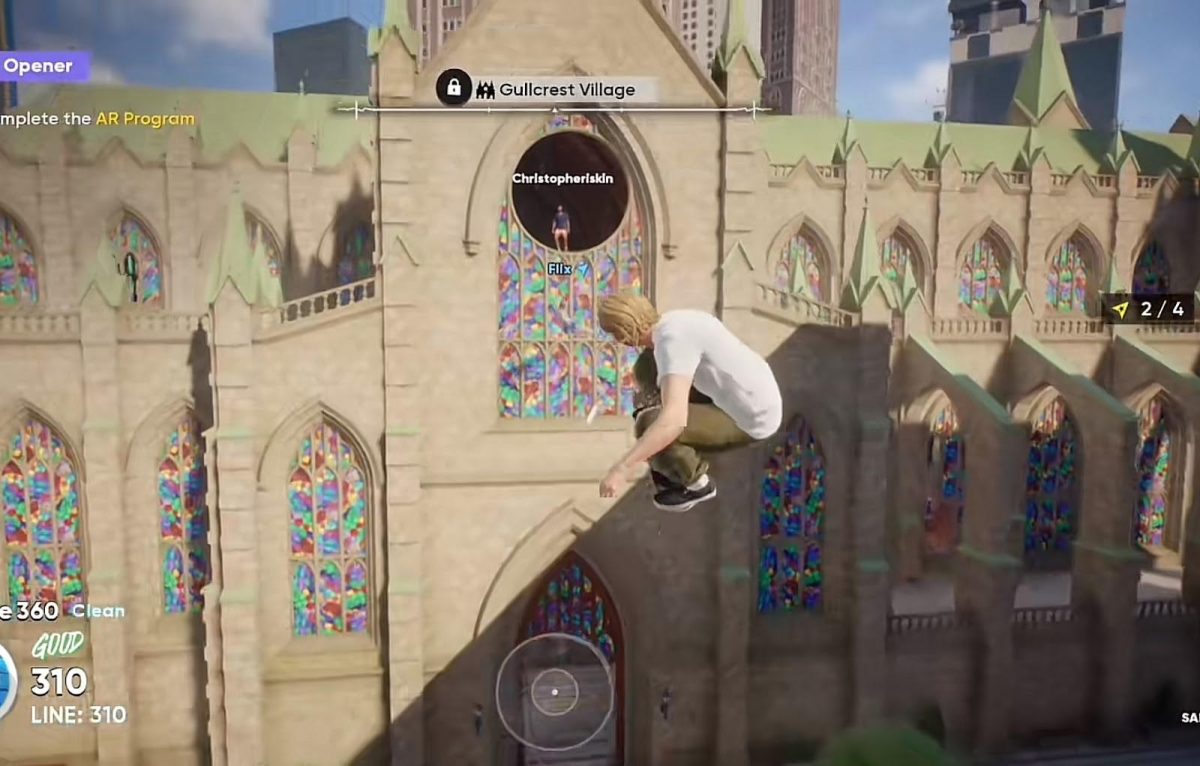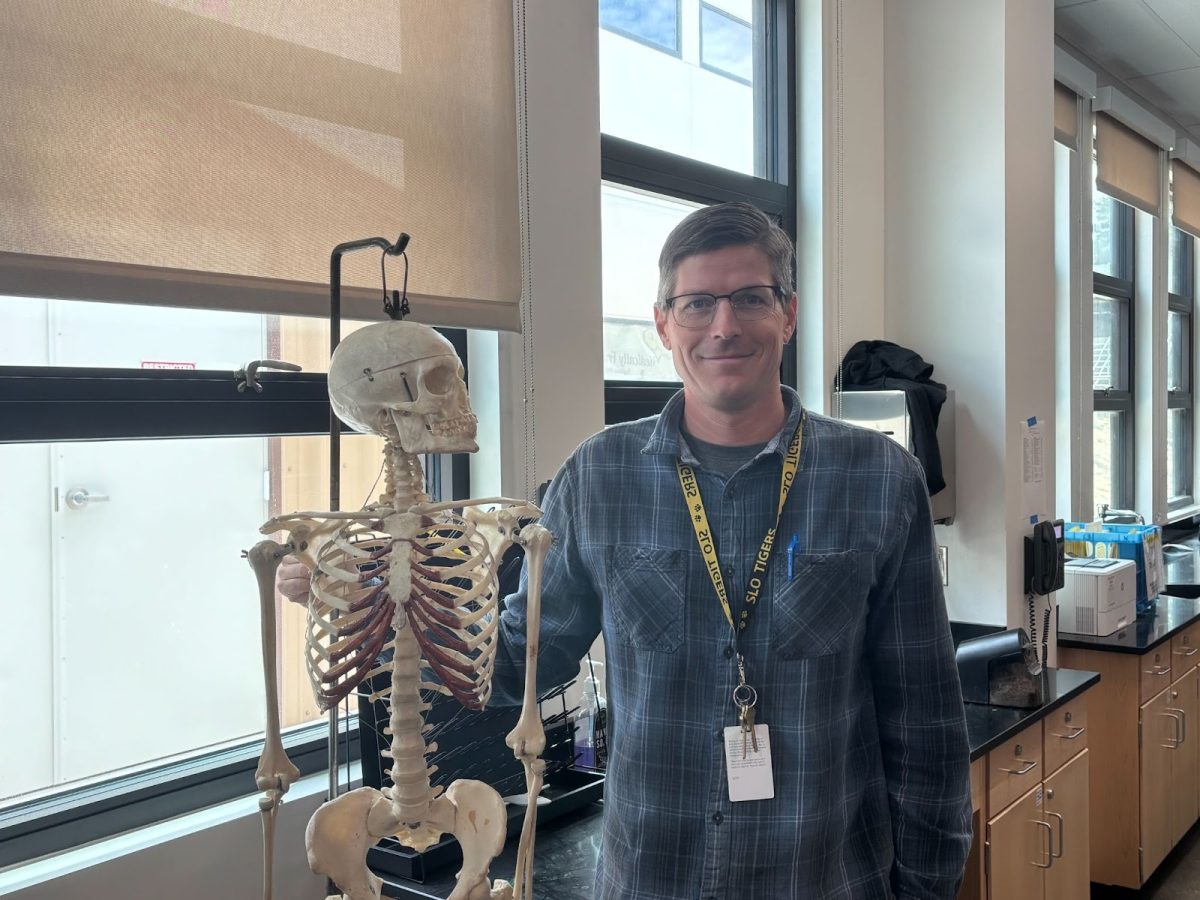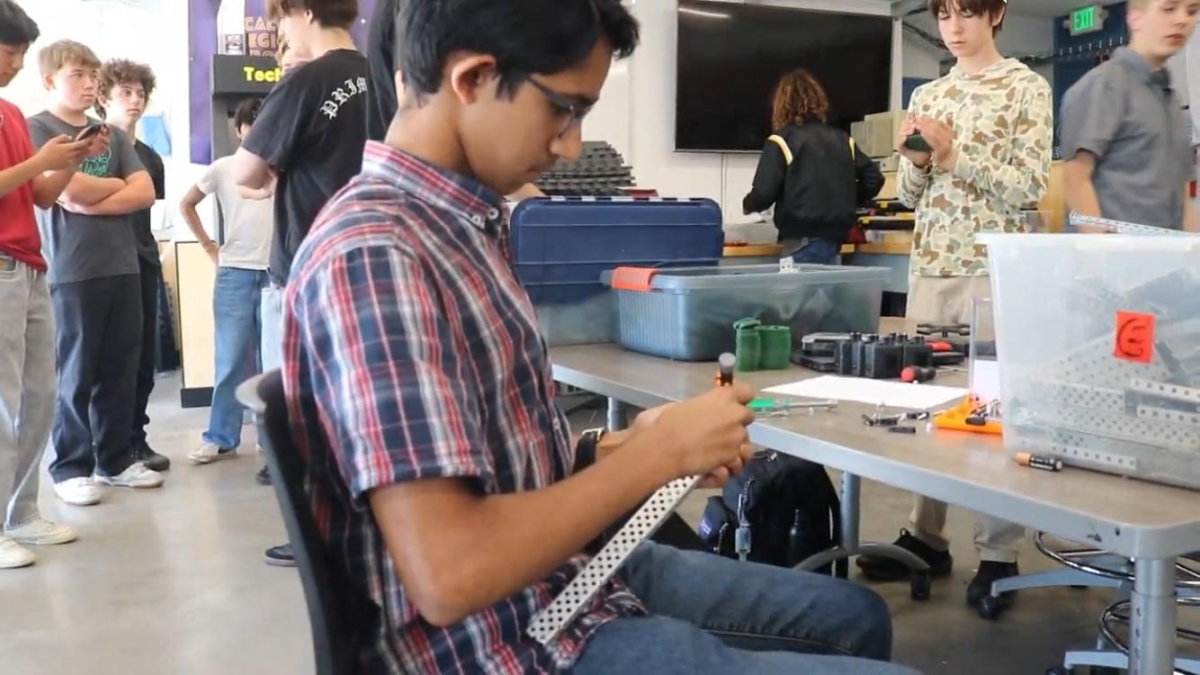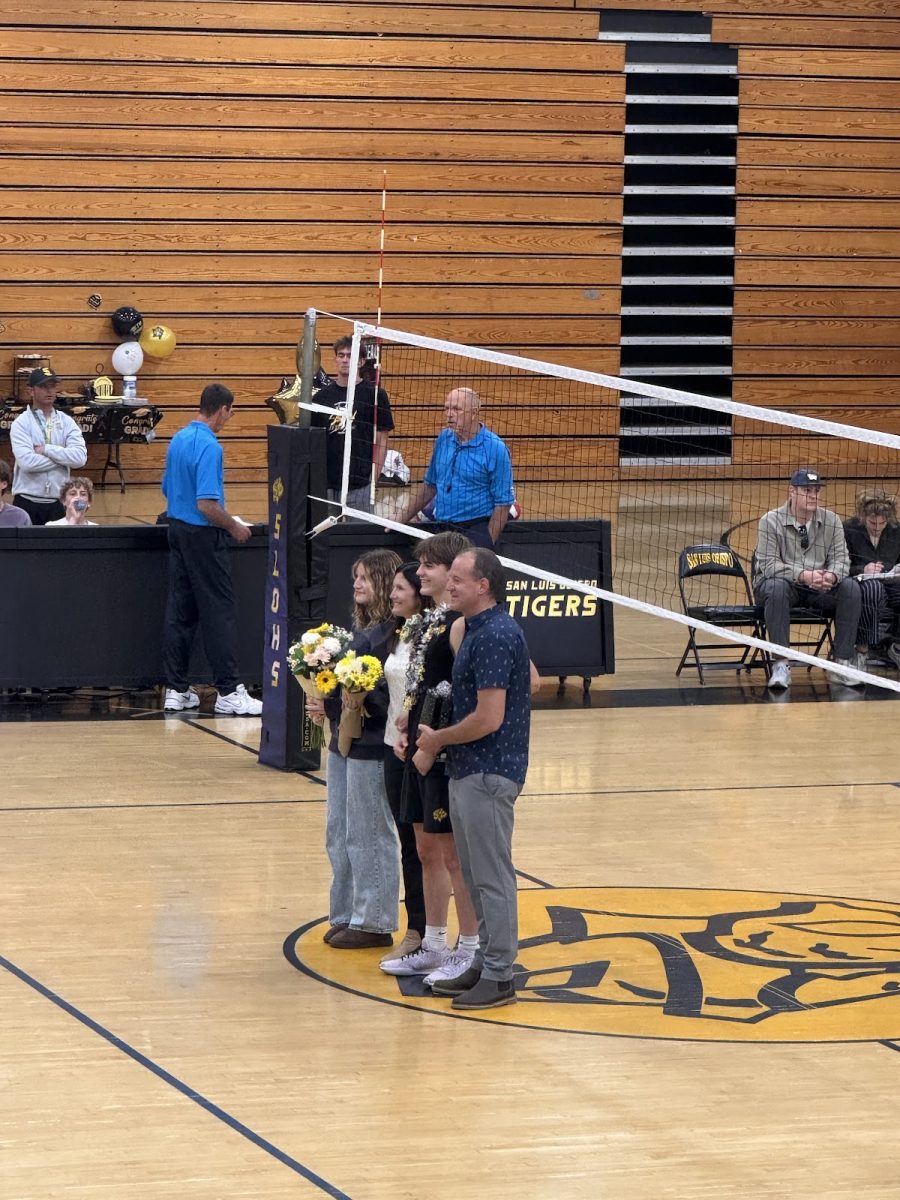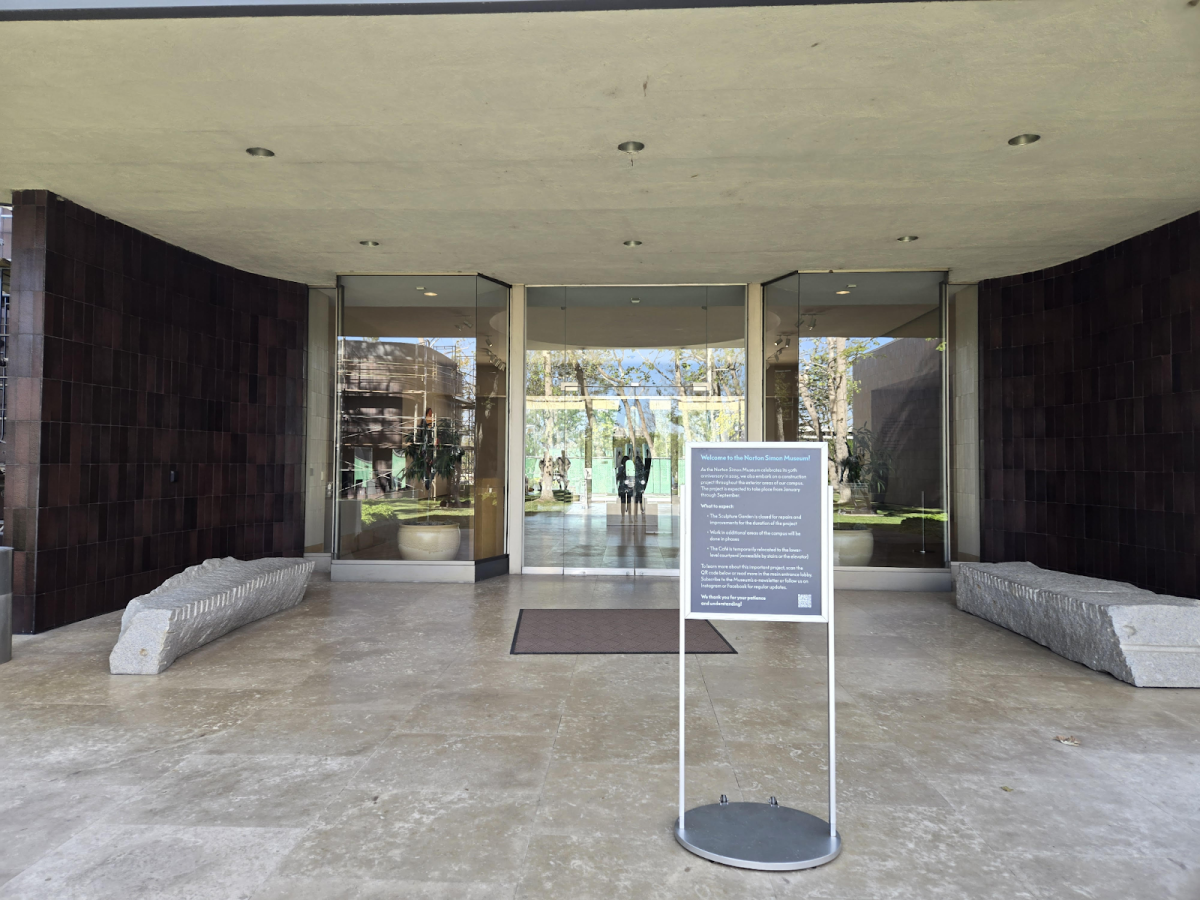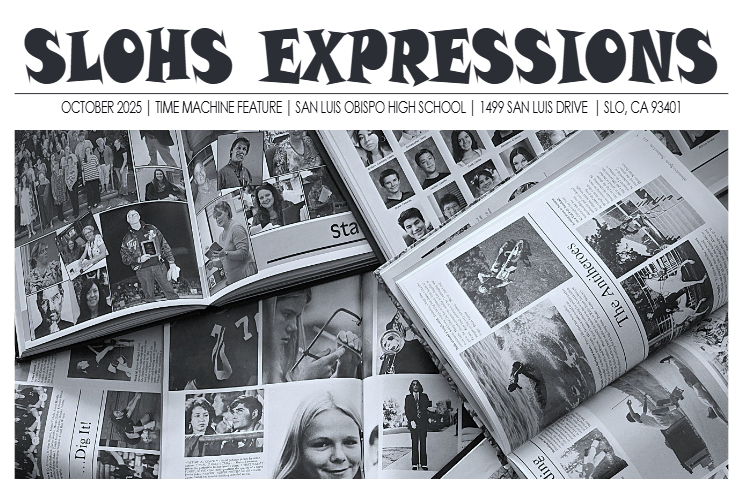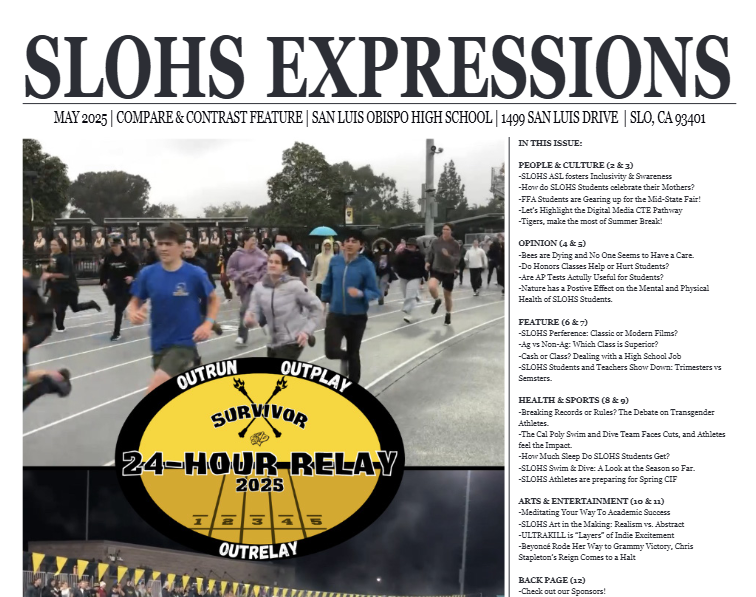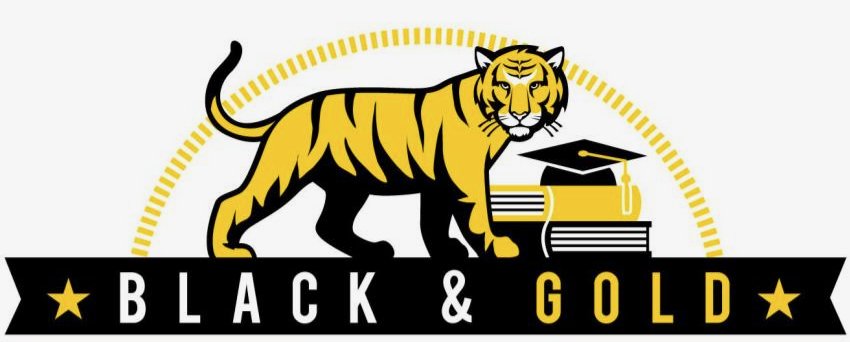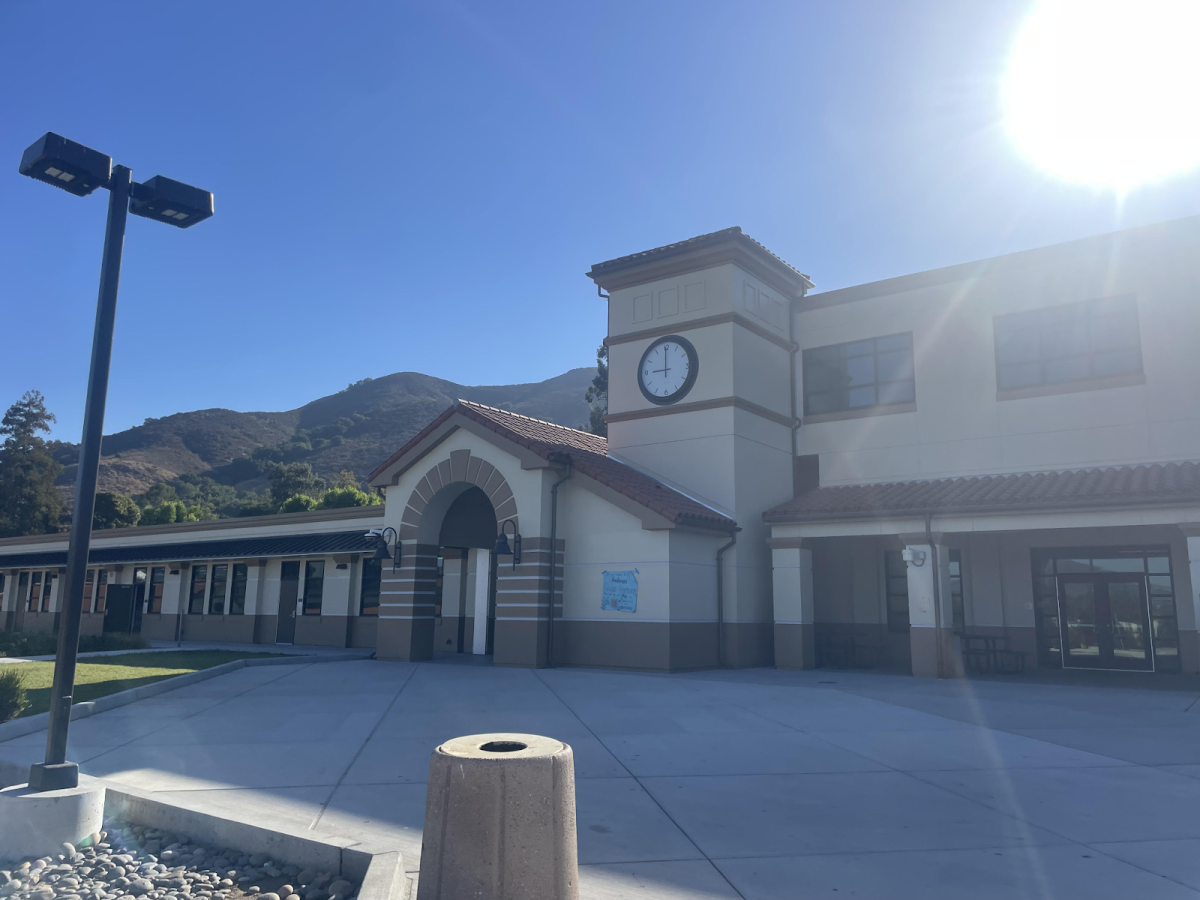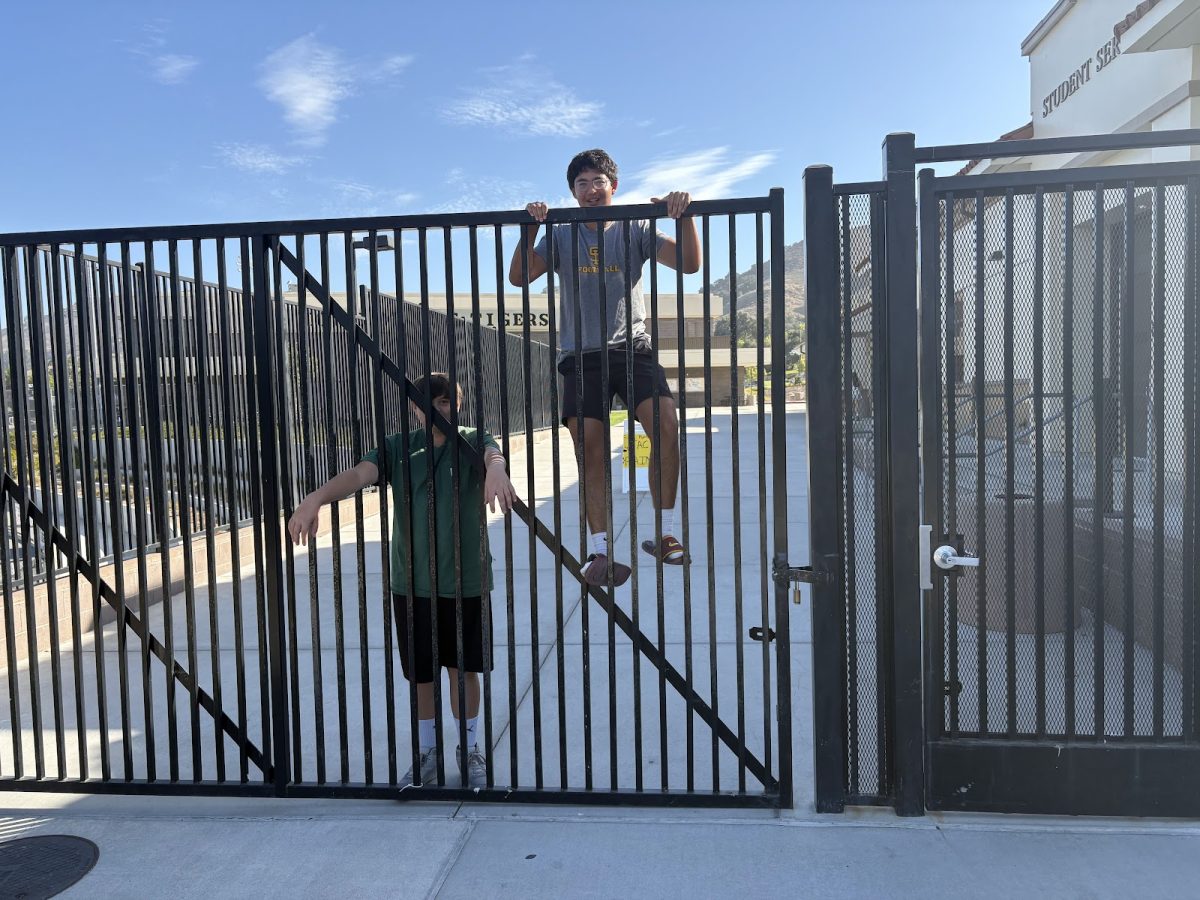Having Naloxone on hand in an emergency can save someone during an overdose. Graphic courtesy of junior Vyolet Burrus.
While many may vape or smoke weed, other students at San Luis Obispo High School may take opioids. Teenagers who use opioids are more susceptible to overdoses than adults are which is why it’s important for students to be educated about overdose prevention and have access to naloxone.
“There needs to be reduced stigmatization in the area of drugs, as the stigma makes people less likely to report incidents in fear of getting in trouble, which is the opposite of what schools need,” said junior Charly Elston.
Naloxone is a drug that blocks the effects of opioids during an overdose and it can be quickly given via nasal spray with brands like Narcan, or as an injectable into a muscle (similar to an EpiPen). Naloxone is very easy to administer, it works almost immediately, it’s not addictive, and there are no effects if it’s wrongly administered.
“Whether or not a person condones (or not) or partakes or is prescribed the use of opioids, if an overdose does occur, having the medication available can, and does, make the difference between an outcome of life or death,” said an anonymous former firefighter and current Cal Poly employee.
Naloxone is not a catch-all, it doesn’t completely remove the effects of opioids in someone’s system, rather it blocks them for a short time so they can get medical help.
While most first-responders and medical personnel carry opioid blockers, they might not arrive in time to prevent an overdose. If more people have access to naloxone, and more importantly, the knowledge to use them, they can potentially save someone’s life.
“Without the administration of naloxone, there is a high risk of fatality from an opioid overdose… This is the reason it is very important that anyone witnessing an opioid overdose has access to naloxone and feels confident using it during an emergency,” said FDA deputy center director for substance use and behavioral health Marta Sokolowska.
In 2022 alone there were over twenty high-school students dying every week from drug overdoses, most being driven by fentanyl in counterfeit pills. With a rise in opioid-related overdoses and more and more drugs being laced with potent substances like fentanyl, it is more important than ever to educate people, specifically teenagers, on overdose prevention.
Even if students don’t deliberately take an opioid, there’s a high chance that other drugs they’re taking may be laced with other drugs.
While some may argue that it’s too costly to implement Narcan in schools, there have been multiple bills created to create a budget for this training. This may cut away from other funds, but it’s ultimately important as naloxone has the potential to save lives.
In early 2023, California lawmakers introduced legislation that required schools to store naloxone and train administrators to use it, yet it didn’t require these schools to educate students. Furthermore, Education Code 49414.3 authorizes trained personnel like school nurses to provide emergency medical aid to those believed to be suffering from an opioid overdose.
While it’s great that schools have naloxone on hand, it’s only helpful if overdoses not only happen on campus, but are then reported to administrators. If there were school-wide naloxone dispensaries and overdose training for students, overdoses could be more easily prevented, and students would be protected both at school and outside of school.
Currently many colleges and universities provide naloxone because more students are experimenting with drugs. While SLOHS students are minors, it doesn’t mean naloxone shouldn’t be provided considering some students are still using drugs.
In California, Narcan is provided at most pharmacies over the counter for anyone to buy (even minors), and there are many organizations that supply Narcan for free.
Narcan in particular is very easy to administer and it’s important that if someone looks like they’re overdosing that it’s given to them as soon as possible. For more information about Narcan specifically, visit narcan.com.
SLOHS needs to continue informing students about the risks of using drugs, but they shouldn’t stop there. Freshmen are already required to take health class and through that they become CPR certified, so why not train them on how to administer Narcan?
“There is only one health class that students are required to take in their freshman year, and that could never come close to covering the vast expanse of health-related topics students need to know about. Having more classes and better training would hopefully reduce drug overdoses,” said Elston.
If other high schools are implementing Narcan distribution boxes and training students, then why can’t SLOHS?
Sources: fda.gov, health.ucdavis.edu, publications.csba.org, cdph.ca.gov, uclahealth.org

